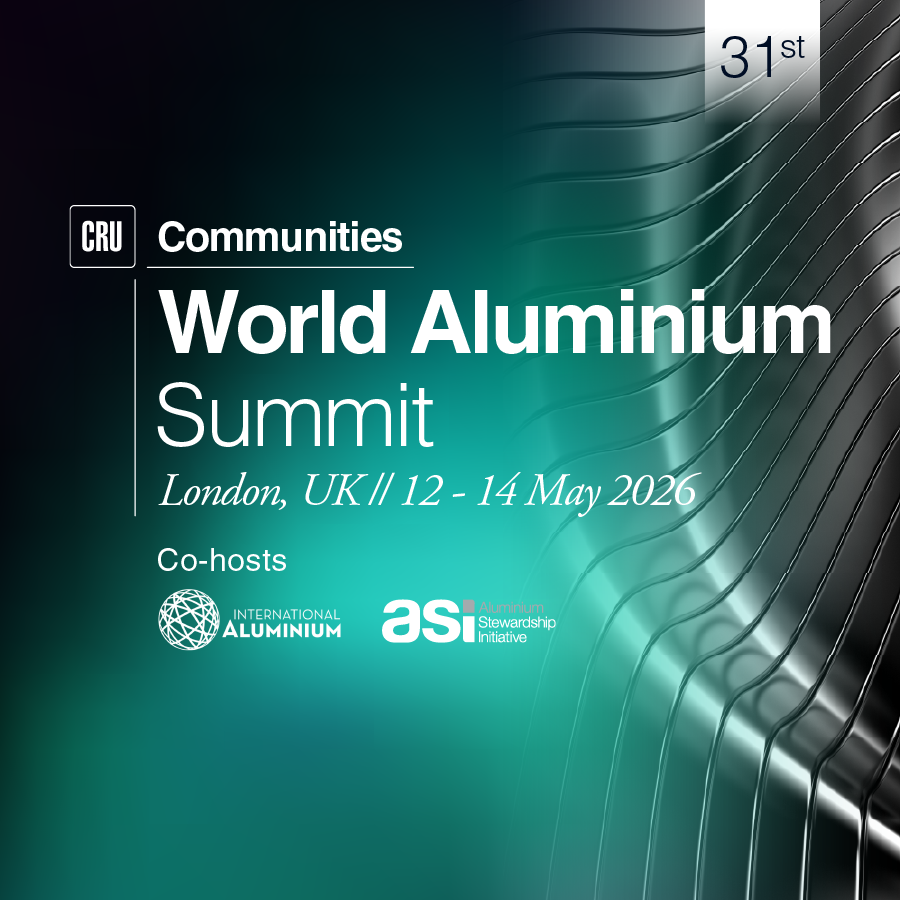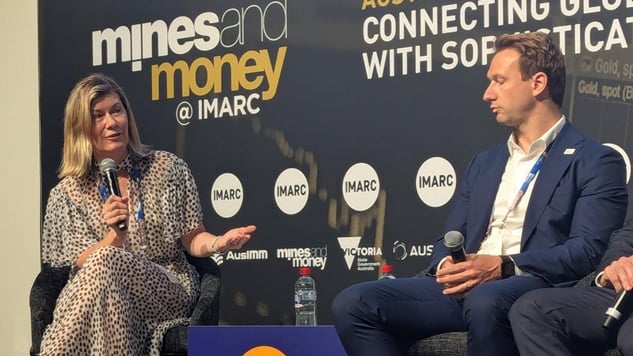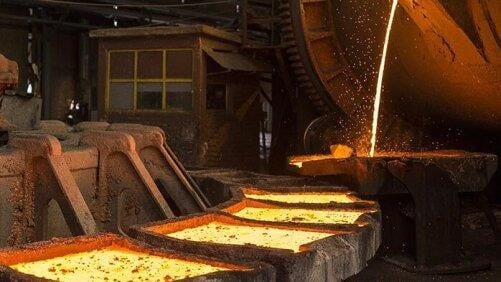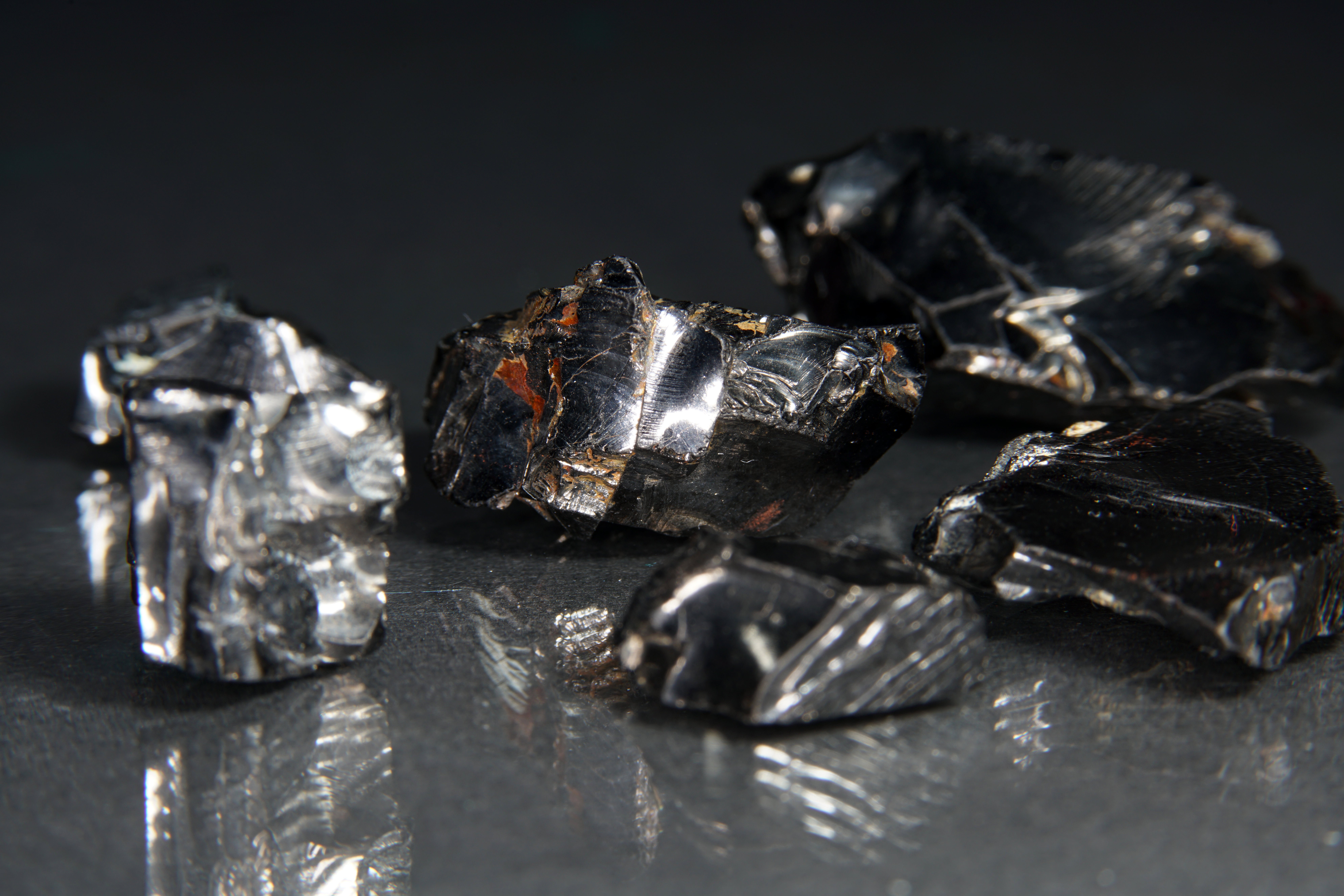Governments and institutions around the world have played an outsized role in shaping the direction of global commodity markets in 2025. They are increasingly employing or changing policies that have major influences on commodity markets. In doing so, they are defining the next phase of the commodity cycle, as they seek stability, security and sustainability in a rapidly evolving world. 2026 will be no different, as the following will drive price and premia turbulence:
- US trade and fiscal policy events: Broad protectionist tariffs and removal of fiscal incentives.
- Resource-based and industrial development policy: Resource-rich countries increasing regulation over strategic mineral production and export rights.
- Chinese industrial policy at home and overseas: Evolving strategy for the development of manufacturing, promoting strategic industries and self-sufficiency.
- European climate and trade policy: The Carbon Boarder Adjustment Mechanism (CBAM) will start to tax imports based on carbon emissions in some commodities.
Policy changes can cause sharp movements in supply and demand, and trade flows which in turn affect market balances, stocks and prices. CRU’s 2026 forecasts for LME metals (including battery metals and gold) show this clearly. Cobalt and gold are expected to see the strongest price gains, following on from their stellar price performance in 2025. Cobalt prices will rise as resource nationalism restricts supply, while gold benefits from US monetary policy and continued central bank purchasing.
Both the direct and indirect impacts of policy events globally will be a major topic at LME Week as producers and consumers try to navigate this uncertainty into contract negotiations.
Metal markets to continue on a slower path, reset by US policy events
The US policy turbulence that defined 2025, particularly for aluminium, copper and the automotive sector is easing. Greater policy clarity and a firmer global outlook should support strategic planning and metals demand. However, these industries still face major challenges.
US importers of copper and aluminium can expect stable premia in 2026. Local premia for both metals experienced significant volatility in 2025, driven by tariff announcements. This has increased production costs for metal importers, reducing demand. The newfound premia reflect the varied levels of exceptions (or lack thereof) for these metals into Section 232 – aluminium has no exceptions, while (despite market expectations) copper cathode was exempt from tariffs, bringing the premia back to parity.
US automotive output forecasts are roughly flat in 2026, having contracted in 2025. Tariffs raised production costs for automotive manufacturers and the removal of tax credits for electric vehicles weighed on consumer confidence. It is expected that there will be some localisation or relocation of production to the US to avoid tariffs, which could boost US output and support aluminium and battery raw materials demand.
Resource-rich countries take the policy lead
The industrial policy in resource rich countries that fuelled price volatility in 2025 – especially in battery metals – will continue to shape 2026. Policy drivers vary, spanning from measures to manage raw ore availability to initiatives that expand in‑country value‑added activities.
Cobalt supply will be significantly reduced. DRC’s announcement of an export ban tightened supply in 2025. Its shift to a quota system will further restrict flows from the world’s largest producing country into 2026. Prices have already reset higher and our forecast for 2026 approaches the highs of 2022.
Chinese lithium supply reforms led to high price volatility in 2025 H2 and could affect a significant portion of Chinese supply next year. However, it is unlikely these reforms will have a material impact on domestic lithium supply in 2026 as they aim to strengthen market discipline, not weaken China’s market position.
The nickel market did not experience any disruption from policy events in 2025, but risks will rise in 2026 as Indonesia may reduce nickel ore mining permits (RKAB) from three years to one year. Shorter permits could slow supply growth, but allow supply to be more responsive to market conditions. In 2024, approval delays tightened the domestic ore market and pushed ore prices above the government’s HPM benchmark (which is linked to the LME nickel price). An annual RKAB window allows for more control to moderate excess supply.
China strategy: Longstanding but changing
China’s continued build-out of midstream processing capacity is nothing new: it advances longstanding policy aims of material self-sufficiency, stronger supply-chain resilience, and support for domestic demand. CRU expects this to continue to dominate commodity markets in 2026, pressuring smelter economics and keeping a cap on price movements. But the pace and location of this supply is fundamentally starting to change.
In recent years, Chinese industrial policy has resulted in a surge of smelting capacity, combined with inconsistent concentrate supply squeezing treatment and refining charges (TC/RCs). In 2025, benchmark TCs fell to record lows across copper, zinc, and lead. As a result, many smelters saw margins shrink or turn negative, cushioned only by higher sulphuric acid and by-product prices.
For 2026, CRU’s Zinc Outlook expects benchmark TCs to recover modestly, following movement in the spot market in 2025, as concentrate availability improves. Copper and lead are likely to lag, with weakness lingering as tight concentrates and weak smelter economics keep bargaining power in the hands of miners. In copper, this could even call the benchmark system into question. These pressures point to possible smelter curtailments in the next year while underscoring the need for more investment in copper mining.
Despite over two decades of rapid expansion and dominance in processing metals, China’s industrial policy-driven buildout is showing signs of slowing growth. The share of refined copper production is at a possible inflection point, with capacity starting to grow its share outside China from 2026. More countries are seeking to process their own concentrates to meet rising copper demand. Meanwhile, China’s anti-involution drive may increasingly target copper, curbing capacity growth.
In parallel, China’s production footprint in aluminium and nickel is gradually shifting. There is a measured pivot from China-based output to Chinese-backed projects overseas. Multiple policy factors are driving this shift but China’s aluminium capacity cap and Indonesian export bans have been the main catalysts. These measures have encouraged partnerships, and outward investment by Chinese firms – a trend that will continue to increase its global footprint in 2026 and beyond. The move has pressured nickel prices and could hamper a price rally in aluminium, preventing the market from moving into a deficit.
Efficiency initiatives in China, including rationalisation, consolidation, and reducing duplicate investment could moderate domestic build-out at the margin. More production may shift to international hubs such as Indonesia and the Middle East, where favourable resource endowments, energy costs, and labour forces align with processing capacity. This shift will see continued expansion of colocation to optimise supply chains and this strategy will be discussed in Session 1 of CRU Breakfast, titled Financing the Future: Impact and Opportunity in the Metals Industry.
CBAM set to lift European aluminium premiums from 2026
The introduction of CBAM in the EU will increase the costs for suppliers of aluminium ingot into Europe from 2026 as companies become liable for EU carbon border costs. There remains significant dispute about the likely impact this will have on the European industry and trade flows.
In the near term, weak European demand means the added cost of supplying ingot will not be fully passed through to the premium. Over time, as the carbon price rises and allowances fade, the premium impact should increase.
There are also longer-term risks if the policy does not effectively level the carbon playing field. Complexity could raise reporting burdens while incomplete coverage could lead to carbon leakage, price rises and demand erosion. Watch CBAM’s progress closely – it will likely extend to other commodities beyond the initial phase.
Ignore policy at your peril
Policy will be a principal driver of commodity prices in 2026. Decisions in the US, China and other resource-rich, non-aligned countries will continue to shape supply, demand, trade flows, costs and premia. Those that stay informed and adapt to shifting trade, fiscal, industrial and environmental policies will gain an edge in contract negotiations. Those that do not may face commercial disadvantages, unfavourable contract terms and potentially tighter margins.
About CRU Breakfast
CRU analysts are turning their attention to the upcoming held during LME Week, on 14 October 2025.
CRU Breakfast is a flagship event and a key forum for industry leaders to come together and discuss the defining themes shaping the future of the metals industry – covering critical issues, challenges, and opportunities. Held annually during LME Week, this free-to-attend customer event is a fantastic opportunity to network with other industry professionals and get the latest LME Week insights directly from our analysts.
If you are interested in exploring more of CRU’s commodity insights in the build-up to CRU Breakfast, request a demo here.

















